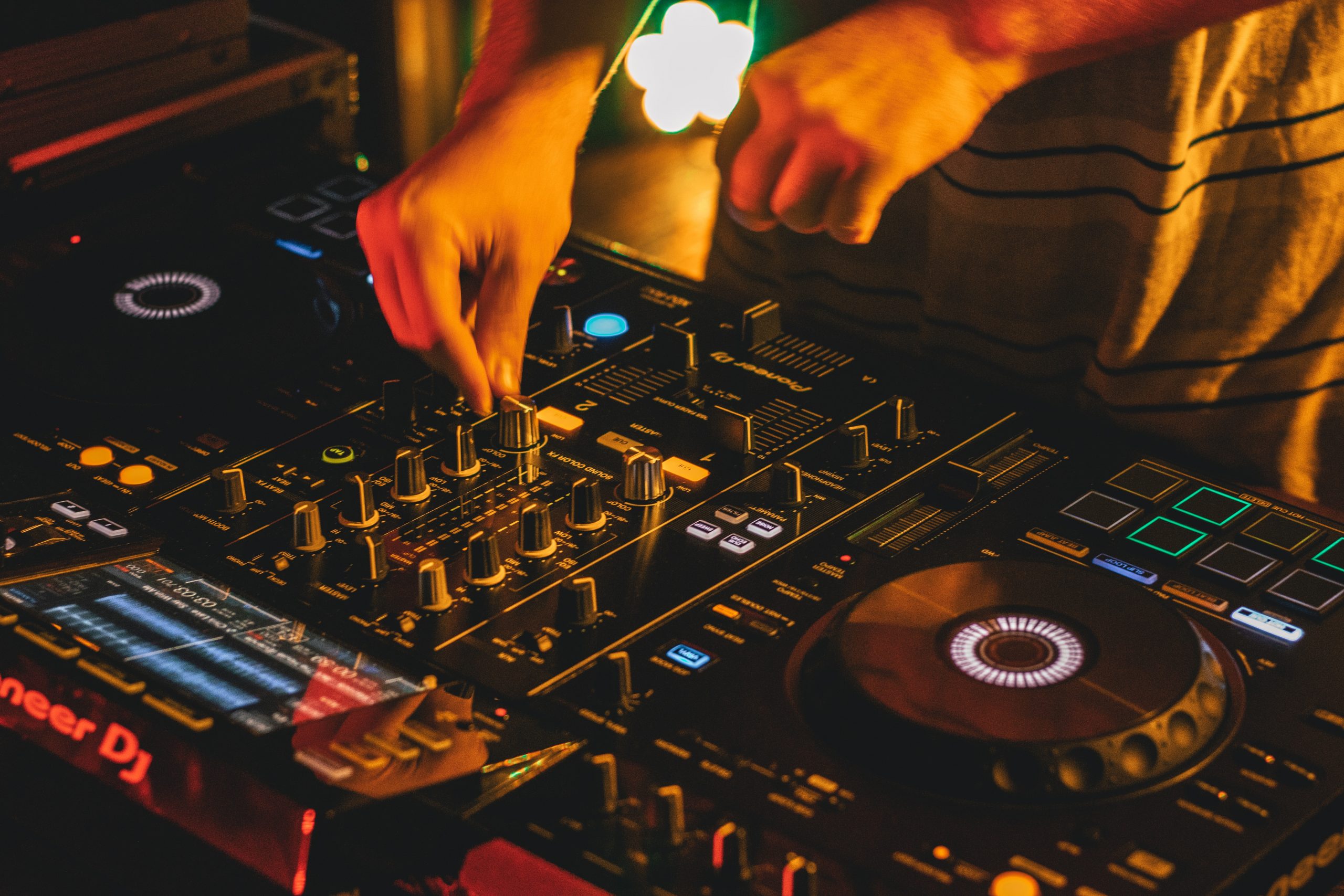From the dance floors of 1980s Chicago to global festivals today, house music stands as a defining pillar of the Electronic Dance Music (EDM) universe. This genre, brimming with rhythmic beats and soul-stirring melodies, has not only evolved but also spurred various sub-genres, each narrating a unique sonic tale. Let’s embark on a journey to understand the origins, growth, and global impact of house music.
Chicago: The Cradle of House Music
Chicago’s buzzing club scene in the 1980s birthed house music. The iconic nightclub, “The Warehouse”, became the genre’s namesake. Here, DJ Frankie Knuckles, the so-called “Godfather of House Music”, spun his signature tracks, blending disco with dance. The demand for this unique sound skyrocketed, and patrons started requesting that distinct “house music”, coining the term we use today.
House Music’s Defining Features
At its core, house music thrives on a 4/4 beat complemented by off-beat hi-hats and synthesized basslines. But beyond its structure, the genre’s essence lies in its ability to resonate. The seductive vocals, compelling percussion, and catchy basslines create an emotional connection, making listeners feel every beat.
Diverse Sounds: Subgenres of House
With time, house music expanded, birthing multiple sub-genres:
Classic House:
- Features: Rooted in the original Chicago house sound, it often includes piano riffs, basslines, and soulful vocals. The rhythms are typically built around a 4/4 beat.
Deep House:
- Features: Emphasizes complex melodies and harmonies, often slower tempos, and sometimes features elements of jazz or funk. It often has mellow, atmospheric vibes and warm, round bass sounds.
Tech House:
- Features: Marries the synthetic, repetitive beats of techno with the rhythmic and groovy basslines of house. It’s often minimalistic, but danceable, and incorporates modern synthesized sounds.
Tropical House:
- Features: Light, airy, and often includes instruments like the marimba. It’s evocative of summer and beach vibes, and it’s often characterized by a slower tempo and melodic, catchy hooks.
Progressive House:
- Features: Characterized by its building crescendos and breakdowns. The melodies and beats typically evolve throughout a track, leading to a climactic peak.
Vocal House:
- Features: As the name suggests, this subgenre heavily emphasizes vocals. It integrates catchy, often soulful or gospel-like vocals with the up-tempo beats of house music.
Funky House:
- Features: Incorporates elements of funk or disco music. It’s upbeat, groovy, and often features live instrumentation, like brass sections or guitar riffs.
Acid House:
- Features: Recognized for its squelchy sounds produced using the Roland TB-303 bass synthesizer. It has repetitive beats and often a psychedelic vibe.
Electro House:
- Features: Emphasizes a heavy bass combined with elements of electro music. It’s energetic, with big drops and often includes distorted, mechanized sounds.
Afro House:
- Features: Incorporates traditional African music elements, such as drum patterns, instrumentation, or vocal styles, creating a tribal, rhythmic dance atmosphere.
Soulful House:
- Features: Merges classic house with elements of soul music. It’s characterized by its emotive, often gospel-like vocals, and rich, lush instrumentals.
Balearic House:
Features: Originating from the Balearic Islands, especially Ibiza, it’s known for its relaxed vibes and often incorporates world or chill-out music elements.
House Music’s Worldwide Footprint
While Chicago stands as house music’s birthplace, the genre soon found fans globally. By the late 1980s, the UK embraced house, leading to the burgeoning rave culture. Similarly, Spain’s Ibiza turned into a house music haven, with clubs resonating with its beats. Today, from the beaches of Miami to Tokyo’s urban sprawl, house music festivals draw fans in droves.
Contemporary House and Its Legacy
Modern house seamlessly weaves in elements from genres like jazz to pop. Renowned artists such as Calvin Harris, David Guetta, and Kygo have popularized house music among mainstream listeners. Their chartbusters and performances at mega festivals like Tomorrowland and Ultra Music Festival underline house music’s unwavering appeal.
In Conclusion:
House music isn’t just another EDM sub-genre; it’s an enduring legacy. It represents a culture, an emotion, and for countless fans, it’s a lifestyle. Even as the world of electronic music undergoes transformations, house music’s foundational beats echo its rich past and hint at an exciting future.

Leave a Reply